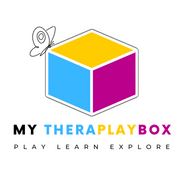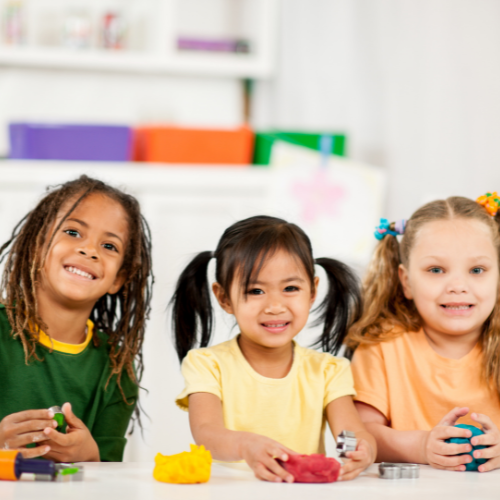As parents of children with developmental delays, it's natural to feel overwhelmed at times, especially when it comes to helping your child understand and regulate their emotions. However, the good news is that there are fun and easy activities you can do at home to help teach your child about their emotions and how to manage them in a healthy way.
Exploring emotions can be a fun and engaging activity for children with developmental delays, and can help them learn important skills like self-awareness and emotional regulation. In this blog post, we'll share some of our favorite activities that you can do with your child at home to help them understand and regulate their emotions, so that they can feel more confident and in control of their feelings.
- Emotion Charades: This game is a great way to help your child identify and express different emotions. Write different emotions on cards and put them in a hat. Then, have your child pick a card and act out the emotion without speaking while you try to guess what emotion they are portraying. After you guess, talk with your child about that particular emotion and ask if they ever feel that way. This will help them identify the emotion and express it in a fun way.
- Emotion Matching Game: Print out pictures of different people showing different emotions. Then, have your child match the emotion to the correct picture. This game will help your child identify different emotions and become more familiar with recognizing them in others.
- Emotion Journals: Encourage your child to keep an emotion journal where they can draw or write about how they feel each day. This will help your child develop a vocabulary for their emotions and teach them to express them in a healthy way.
- Sensory Bottles: Sensory bottles are a great tool for helping children to self-regulate their emotions. Fill a clear plastic bottle with water, glitter, and small toys. Then, when your child is feeling overwhelmed or upset, they can shake the bottle and watch the glitter settle. This will help them calm down and focus on their breathing.
- Feeling Faces Collage: Cut out pictures of faces showing different emotions and paste them onto a sheet of paper. Then, have your child draw or write about times when they felt each of the emotions. This activity will help your child learn to recognize and express their emotions.
Teaching your child to recognize and regulate their emotions can be a fun and rewarding experience for both you and your child. With these simple and engaging activities, you can help your child improve their emotional intelligence and build a stronger relationship with them. By exploring emotions together, you are setting your child up for success in all aspects of their life.

